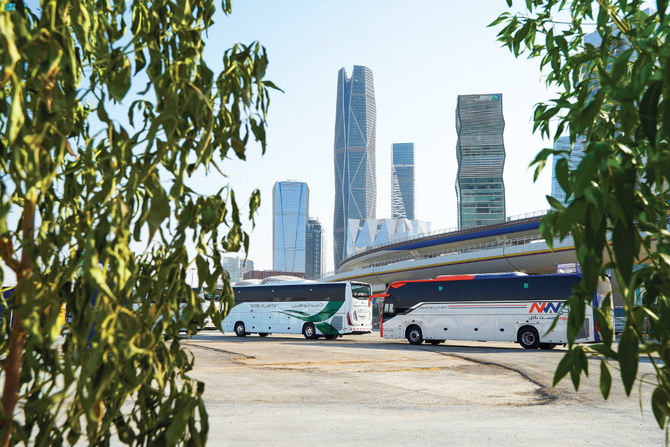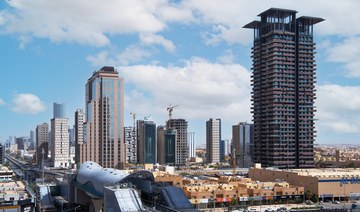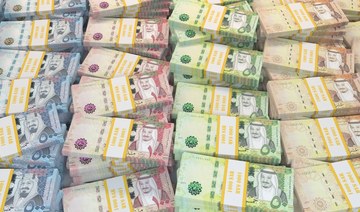RIYADH: Saudi citizens exhibited a remarkable surge in their savings habits in August, achieving the highest savings rate in over a decade, according to data released by the Kingdom’s central bank, also known as SAMA.
Saudi Arabia’s money supply expanded by 10 percent compared to the same period the previous year, marking the most substantial annual growth since August 2014.
The money supply encompasses currency outside banks, demand deposits, time and savings deposits, and other quasi-money deposits.
The most notable increase was observed in time and savings accounts, which soared by 54.17 percent compared to August the previous year, based on figures compiled by Arab News. This is also seen as an unparalleled yearly expansion for this account category.
“Time deposits typically offer more attractive interest rates compared to demand deposits,” Mazen Al-Sudairi, head of research at Al Rajhi Capital, told Arab News.
“In an environment of rising interest rates, individuals and businesses may find time deposits appealing as they provide an opportunity to earn higher returns on their savings over the deposit period,” he added.
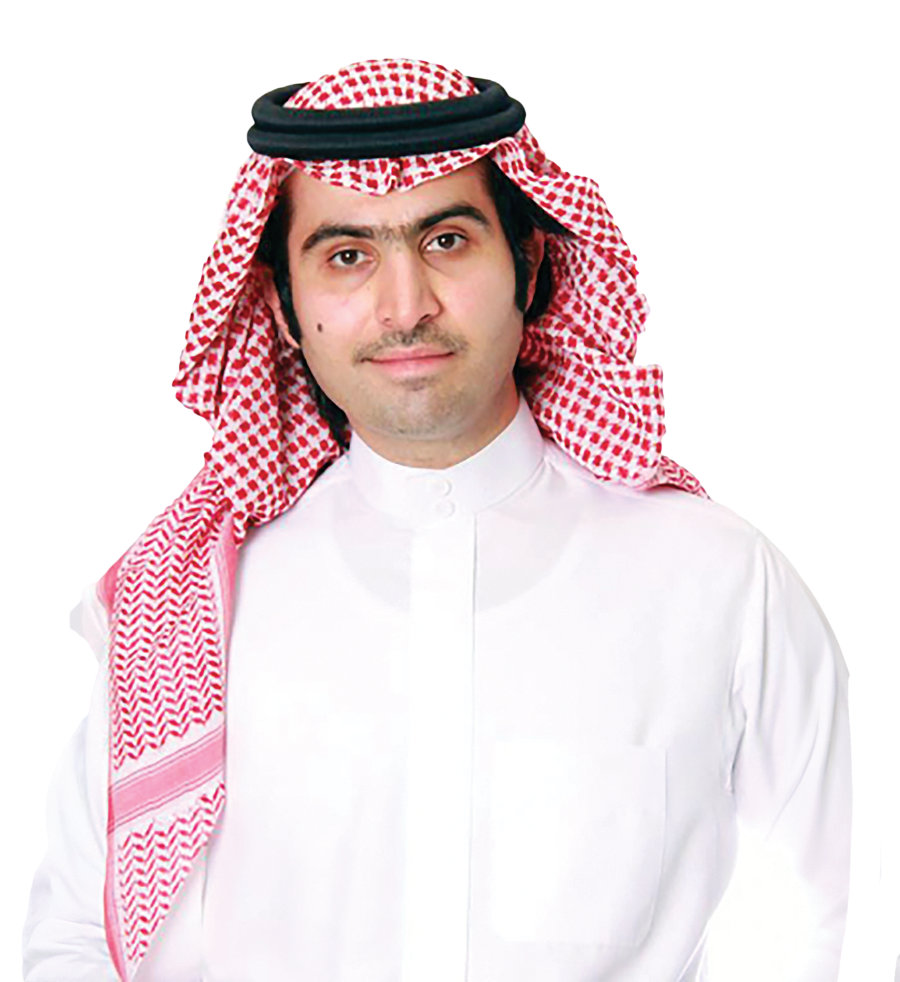
Mazen Al-Sudairi, head of research at Al Rajhi Capital. (Supplied)
Time deposits surged to SR809 billion ($215.66 billion) in August, marking a substantial rise from the SR525 billion recorded in the same month the prior year. Notably, the proportion of time deposits within the total money supply reached its highest level in more than a decade.
The percentage share of time deposits within the overall money supply stood at 30.27 percent in August, whereas demand deposits accounted for 49.32 percent of the total.
Comparing these figures to the same period the previous year, time deposits represented only 21.5 percent share of total money supply, while demand deposits were at 57.2 percent.
The latter did experience an annual decline of 5.52 percent from the previous August, amounting to SR1.32 trillion.
Saudi Arabia has maintained a fixed exchange rate system, with the currency pegged to the dollar, meaning SAMA follows the US Federal Reserve’s lead on rate moves.
This has led to Saudi Central Bank repo rates climbing from 1 percent to 5.5 percent in just one year.
Furthermore, Saudi Arabia has maintained a healthy inflation rate, standing out as many countries worldwide struggle with escalating prices due to economic uncertainties. Nevertheless, concerns about rising inflation may motivate people to opt for time deposits as a means to safeguard the purchasing power of their savings, particularly when the interest rates on these deposits outpace the rate of inflation.
The overall bank deposits also exhibited robust growth in August, expanding by 10 percent compared to the same period in the previous year, reaching a total of SR2.46 trillion.
In a parallel trend, the total banks’ credit displayed a matching annual growth rate of 10 percent, accumulating to SR2.5 trillion, according to data released by SAMA.
Personal loans constitute 48 percent of total advances, and amount to SR1.2 trillion this August, marking an 8 percent increase compared to the same month the previous year.
If we examine the overall lending growth to corporates, which encompasses all other economic sectors, it accelerated at a faster rate than lending to the retail sector.
“The increase in government spending in Saudi Arabia has heightened corporations’ interest in borrowing, and the flexibility of having floating corporate interest rates is aiding in managing interest rate fluctuations effectively,” Al-Sudairi explained.
In the realm of education, although it represents a relatively modest 0.24 percent share of total Saudi bank advances, it witnessed the highest growth compared to other economic activities financed by Saudi banks.
In August, bank credit granted for the purpose of education increased by 62 percent compared to the same period last year, reaching SR6 billion.
This growth is underpinned by the Saudi government’s active promotion of education, a central tenet of its Vision 2030 plan.
Initiatives aimed at enhancing the education sector, including expanding access, modernizing infrastructure, and fostering innovation, may have created opportunities for financial institutions to support these endeavors through lending.
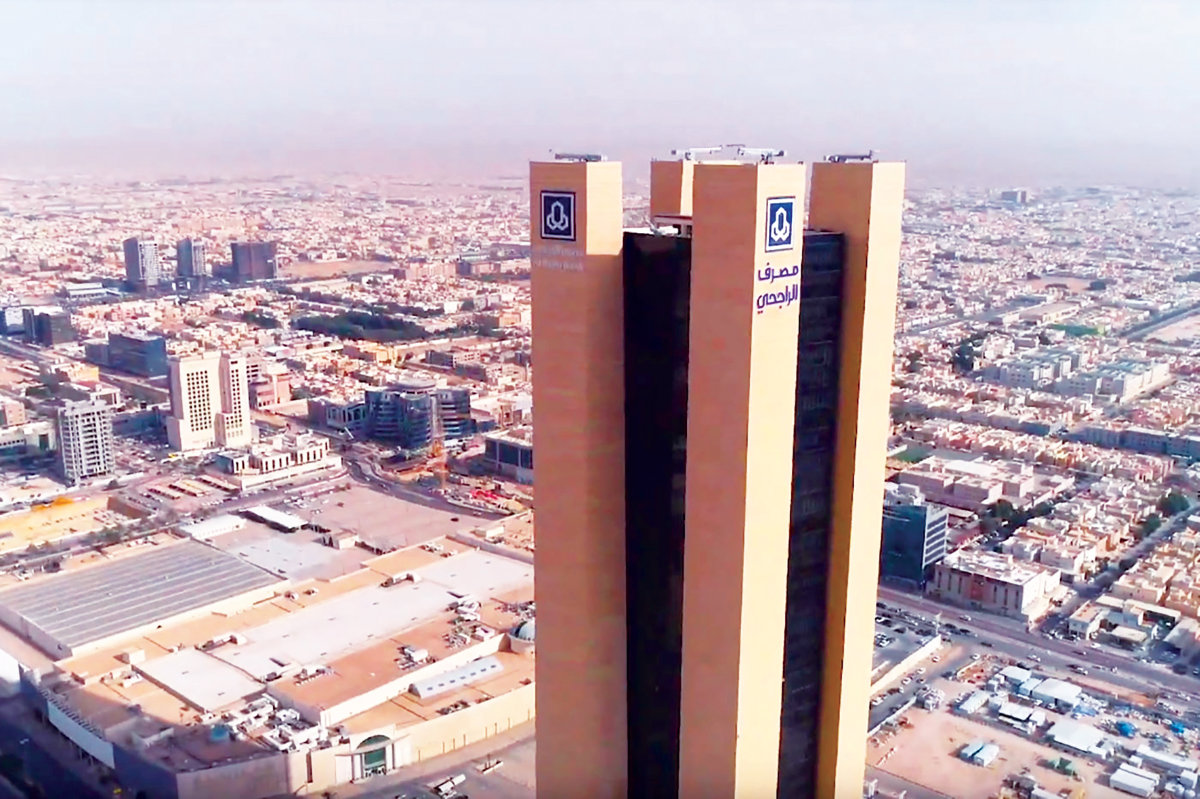
Saudi Arabia has maintained a healthy inflation rate, standing out as many countries worldwide struggle with escalating prices due to economic uncertainties. (Supplied)
In line with the Saudi Arabia Vision 2030, the private education sector has also witnessed significant growth to accommodate a growing population and enhance educational quality.
As per Vision 2030 objectives, banks have played a pivotal role in extending loans to private educational institutions, supporting their infrastructure development and operational requirements.
Additionally, lending to businesses engaged in professional, scientific, and technical activities reported the second highest growth of 44 percent this August, compared to the same month the previous year, reaching SR5.3 billion.
This expansion aligns with the goals of Vision 2030, where the government encourages the growth of industries that demand specialized expertise and technical skills.
These businesses often require investments in technology, research, and specialized equipment. As technology adoption continues to rise, companies may seek financing to acquire the latest tools and software to stay competitive.
Furthermore, lending for the electricity, gas and water supplies sector experienced a noticeable growth, surging 37 percent during the same period to reach SR133 billion.
The increased demand for credit, originating from both businesses and individuals seeking loans for investment and consumption, aligns with the healthy performance of the economy. Simultaneously, favorable economic conditions have encouraged people to save more, thus contributing to overall
financial stability.
The professional services group EY, in its latest Middle East and North Africa banking sector study for H1 2023, highlighted the overall region’s remarkable growth. The report revealed a 30 percent surge in net profits and 12.2 percent increase in net assets across the area, driven by rising demand for loans.
The report stated that technological advancement, strong fiscal condition, government investments, a positive outlook for oil and gas prices, and an expected improvement in the global economic landscape have driven this growth.



